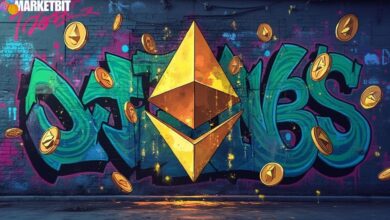Ethereum’s Rally Predicted by Key NUPL Metric: Glassnode

- Main event, leadership changes, market impact, financial shifts, or expert insights.
- Ethereum price exceeds $3,600 recently.
- NUPL metric signals market bottom.
Ethereum’s price surge is notable due to its position among the global top 30 assets, carrying implications for investor sentiment. Market reactions include increased futures activity and institutional interest through ETF inflows.
The Glassnode NUPL metric identified the market’s potential bottom, which led to a rapid 20% increase in the Ethereum price. The metric’s reliability is backed by Glassnode’s historical analysis, highlighting capitulation zones before notable rallies.
“The Ethereum NUPL observed a significant decline earlier in the year… the indicator went down to around -0.2, which suggests investors dipped into a net state of loss. Not just that, the level of relative unrealized loss present… was notable enough for the sentiment to be flagged as ‘capitulation’…” – Glassnode, Analytics Firm
Significant price shifts were observed in the Ethereum market, driven by both derivative activities and spot ETF inflows reaching $2.51 billion. These actions reflect increased market optimism and highlight the influence of leverage.
Glassnode’s data suggest Ethereum is on an upward trajectory, supported by market dynamics and institutional investments. Market participants are monitoring to evaluate the sustainability of this trend amid skepticism over leverage-driven growth.
Past patterns show that capitulation zones identified by the NUPL often herald strong upward movements. Ethereum’s past rallies, coupled with increased futures volume, pose questions about its long-term stability. Historical data from 2024’s 74% surge illustrate the cyclical precedence of capitulation, accumulation, and rally phases.
Institutional interest, alongside exchange outflows, provides a critical basis for Ethereum’s near-term trajectory. Investors remain cautious, however, given the derivatives market’s dominance over spot purchasing, stressing the importance of trading dynamics in future assessments.




